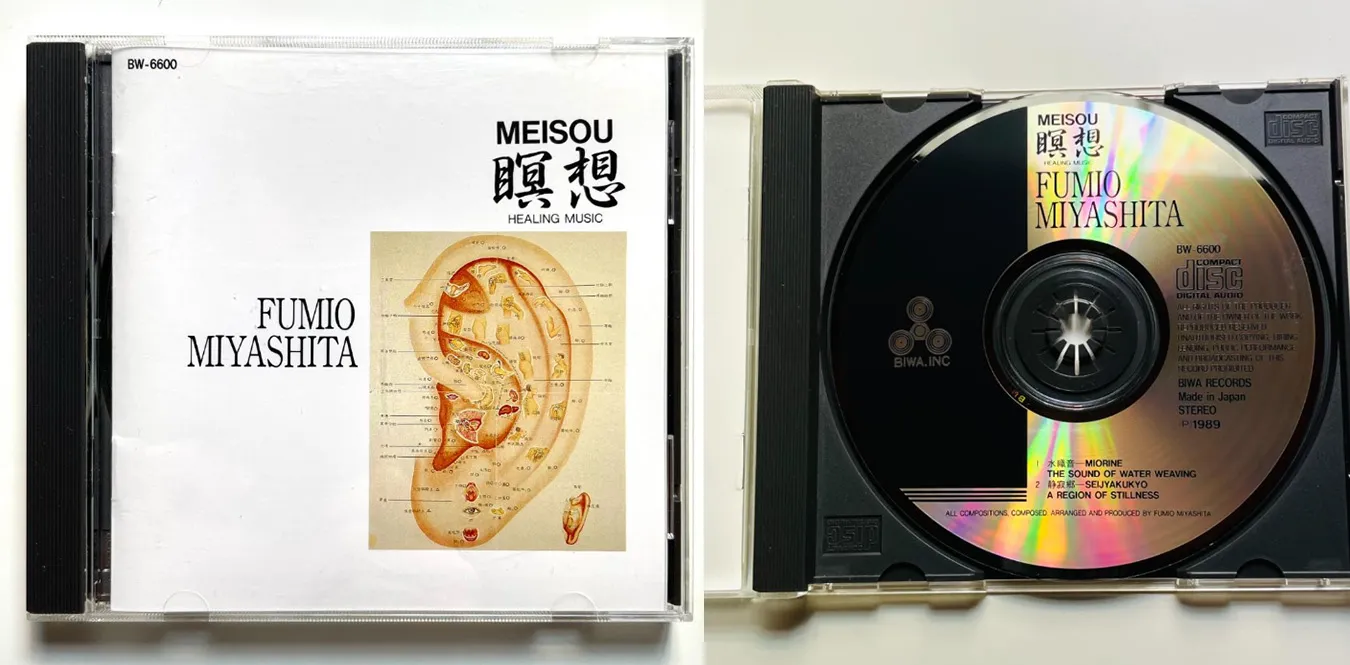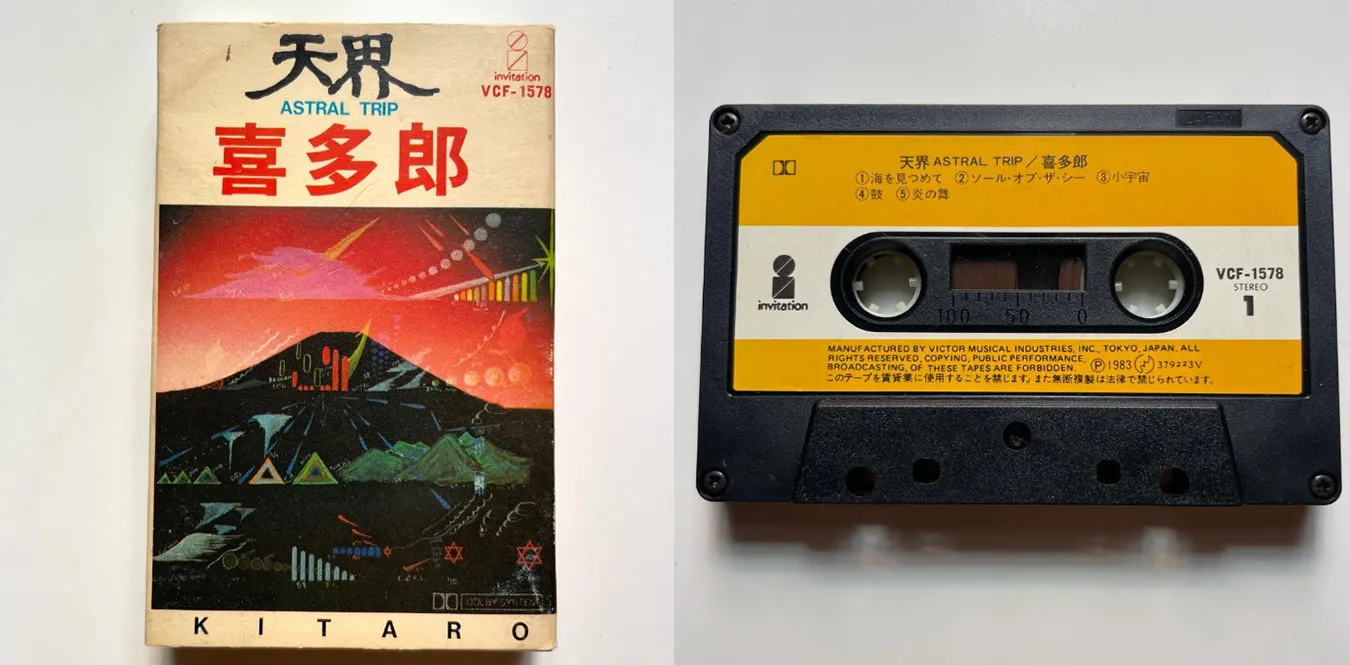![[Column] New Age Music - The intersection of meditation and soundscape](/../assets/images/column-new-age.webp)
–Harmony with nature, self-reflection, and healing–
Text: mmr|Theme: Deep relationship with New Age ideology and counterculture
Definition and characteristics
New Age music is a music genre that spread mainly in Europe and America from the late 1970s to the 1980s, and refers to a style that is often listened to in the context of meditation, relaxation, and the spiritual world. It has developed through a mix of ambient, contemporary, ethnic, and environmental music, and is characterized by a meditative, non-aggressive sound that makes full use of synthesizers and acoustic instruments. The melodies are simple, often with long sustained notes and repeated structures, and the rhythms are often purposely omitted or very slow.
For this reason, it played a role as “healing music” and was associated with spiritual lifestyles and back-to-nature movements.
Origin and historical background
1970s: With the rise of interest in New Age thought and Eastern philosophy, it spread among people who wanted to meditate and return to nature. Krautrock (Tangerine Dream, Popol Vuh, etc.) and the ambient works of Brian Eno became the soil.
1980s: Labels such as Windham Hill Records and Private Music were established, and artists such as George Winston and Kitaro gained worldwide popularity. The term “New Age” becomes established as a category in the music market.
1990s: Taking advantage of the “healing” boom of the CD era, compilations combining environmental and natural sounds were mass-produced and became popular in Japan as “healing music.” The Grammy Awards will also establish a ““Best New Age Album’’ category.
After the 2000s: There was a time when it was looked down upon as “spiritual background music,” but it was reconsidered along with the reappraisal of ambient and drone music, and has been revived as a listening option on streaming services such as Spotify and YouTube.
Representative artists and works
-
Brian Eno: “Ambient 1: Music for Airports” - Connecting the origins of New Age and Ambient.
-
Kitaro: A magnificent soundscape that makes full use of synthesizers. Known worldwide for NHK’s ““Silk Road.’’
-
George Winston: A tranquil sound world of solo piano. Works with a seasonal feel, such as “December.”
-
Andreas Vollenweider: Popular for his fantastical performances using the electric harp.
-
Enigma: A worldwide hit with “Sadeness (Part I),” a fusion of Gregorian chant and synth.
-
Yanni: Gained popularity in the 90s for her stage performances with a symphonic scale.
Cultural/ideological background
New Age music was not just a musical genre, but had a deep relationship with New Age ideas and counterculture.
Incorporating spiritual elements such as Eastern philosophy, Indian thought, meditation, and nature worship, he aims to liberate himself from city life.
It resonated with environmental music and the ecology movement, and was a cultural phenomenon that symbolized ““harmony with nature.’’
It has spread to all aspects of lifestyle such as art, architecture, yoga and healing, forming a culture that transcends genres.
Contemporary reappraisal
Current new age music has moved away from being simply “healing music” and is being evaluated in a new way in the following context.
-
Lo-fi and chill-out culture: Renewed attention as “listening music” in the streaming era.
-
Analog return: Works from the 1980s and 1990s are being unearthed amid record reissues and cassette culture.
-
Resurrection of Ambient: Modern composers (Laraaji, Kaitlyn Aurelia Smith, etc.) reconstitute New Age elements in a modern way.
-
Wellness Industry: New Age musical sounds now standard in mindfulness, yoga, meditation apps, and more.
Embodying an “oasis of sound”
New Age music was often described as ““background music”, to put it bluntly. However, its meditative and non-aggressive sound has come to embody the ““sound oasis” sought by people as urbanization and information technology progress. In modern times, it has been reabsorbed into genres such as ambient and chillout, but its ideals - harmony with nature, introspection, and healing - have become even more urgent.
New Age is not a passing fad of the past; it is a musical culture that continues to quietly but surely play a role in people’s lives.




